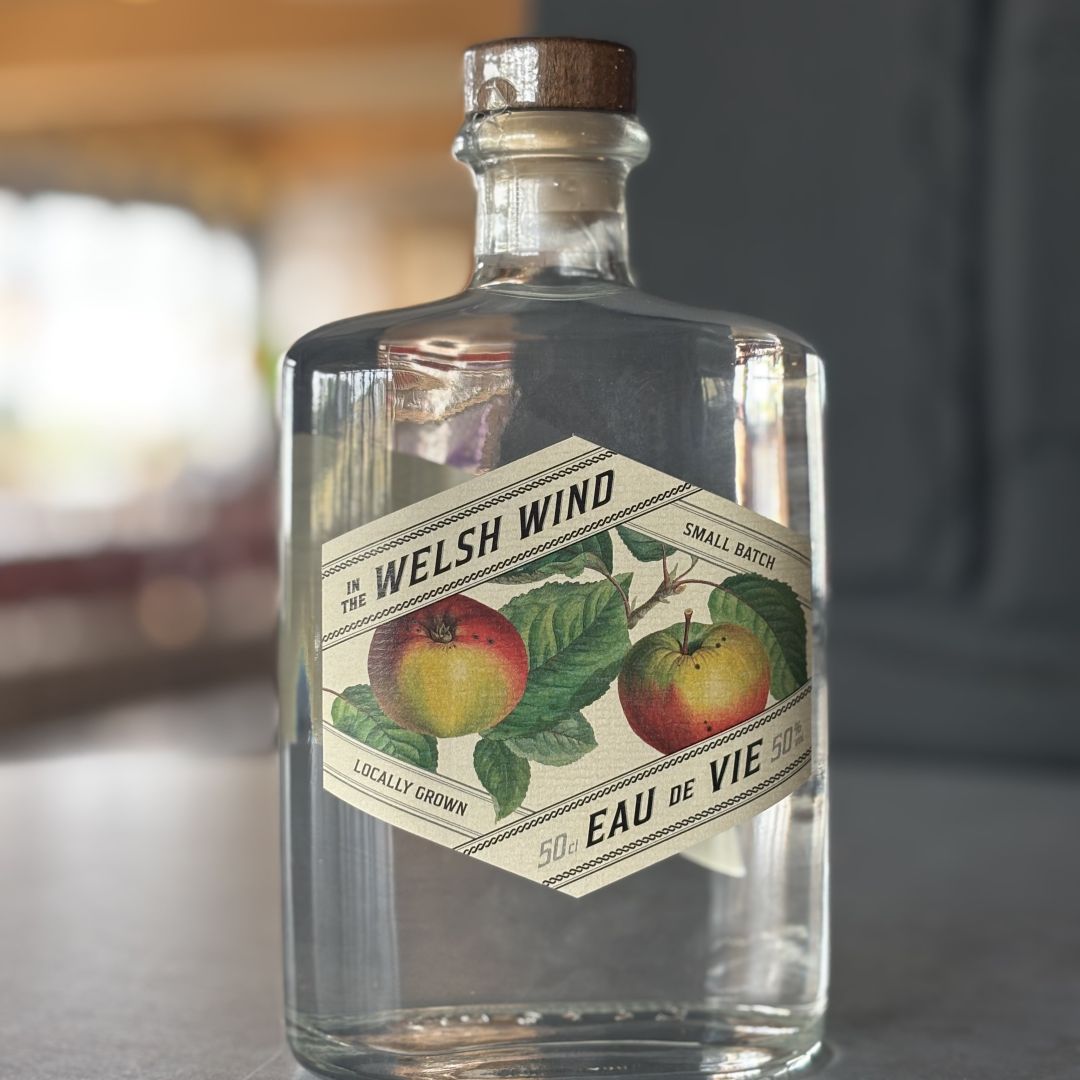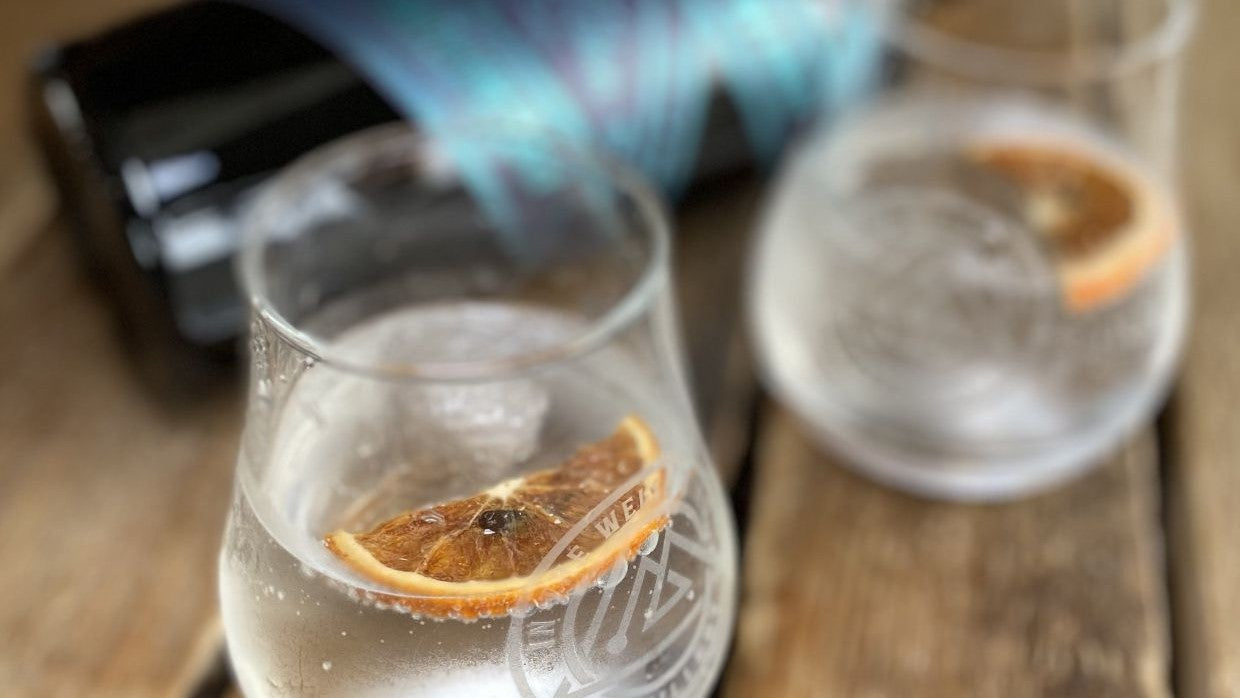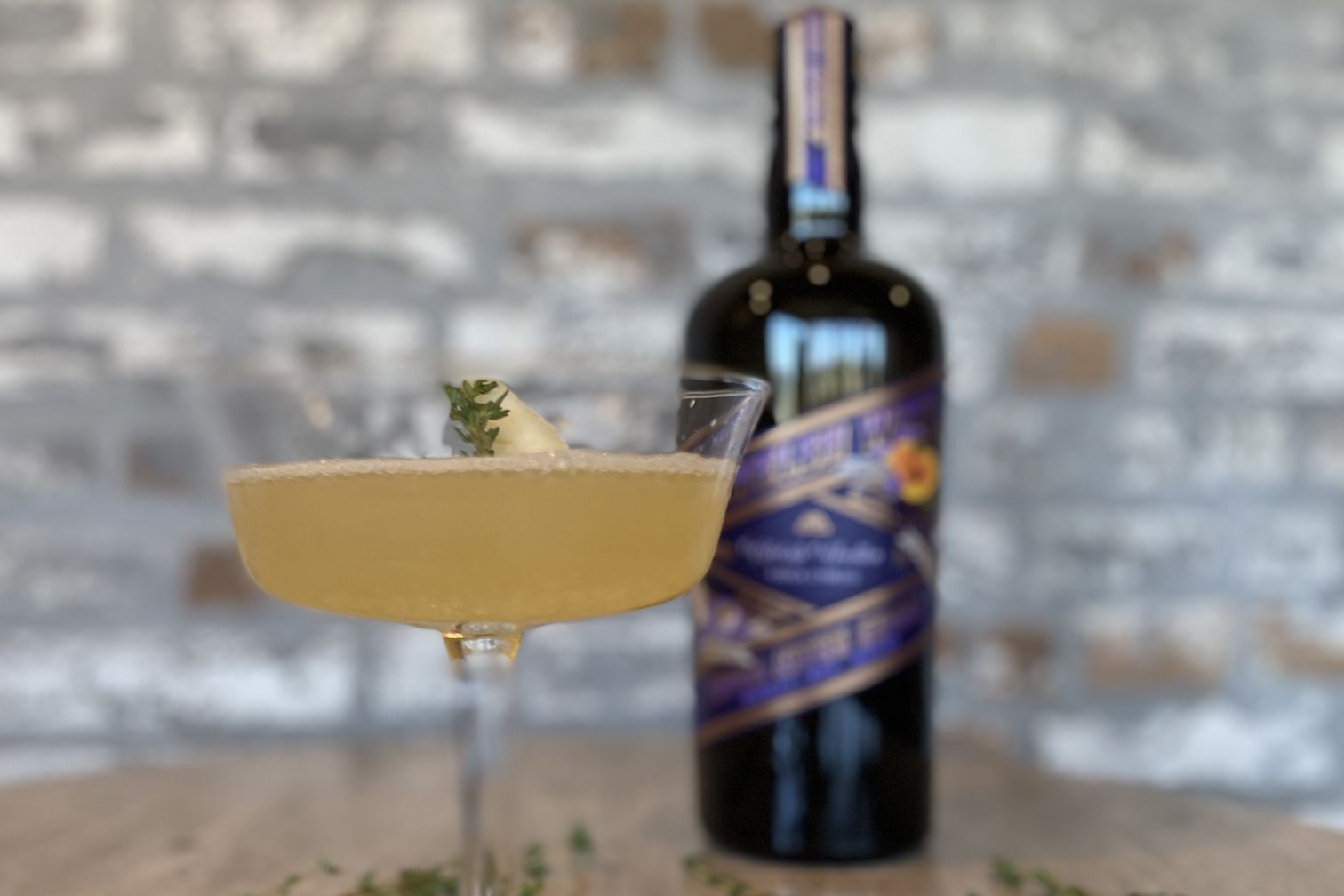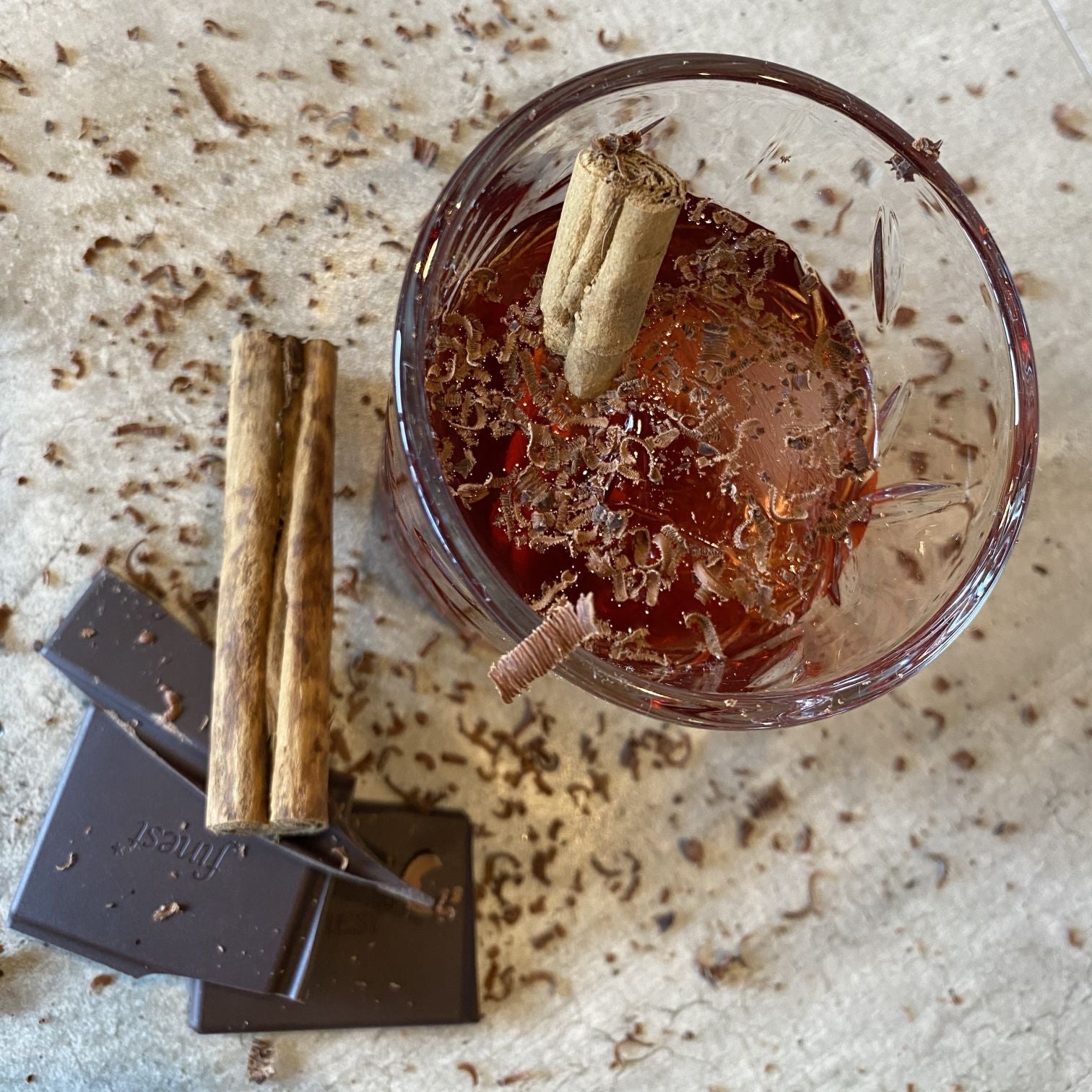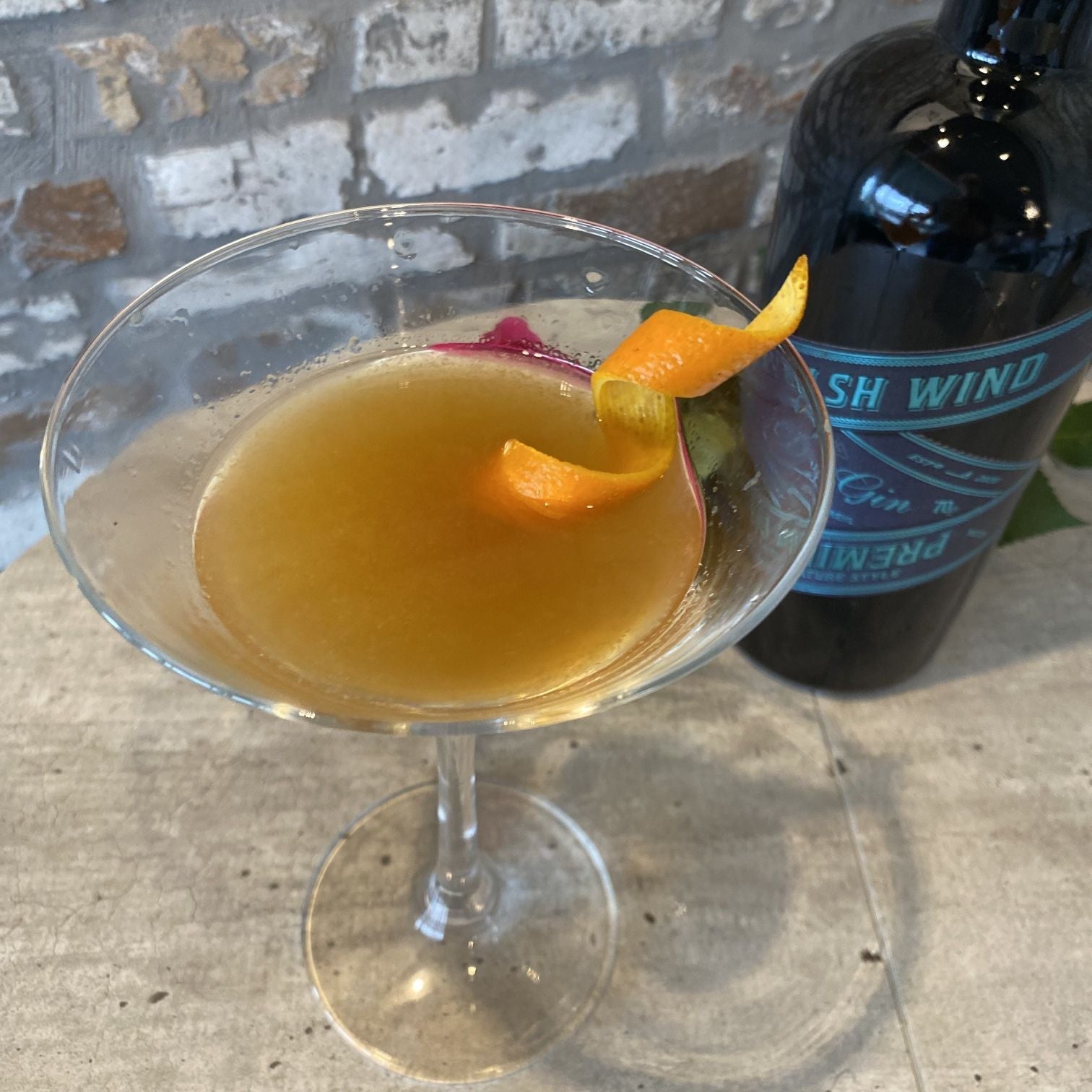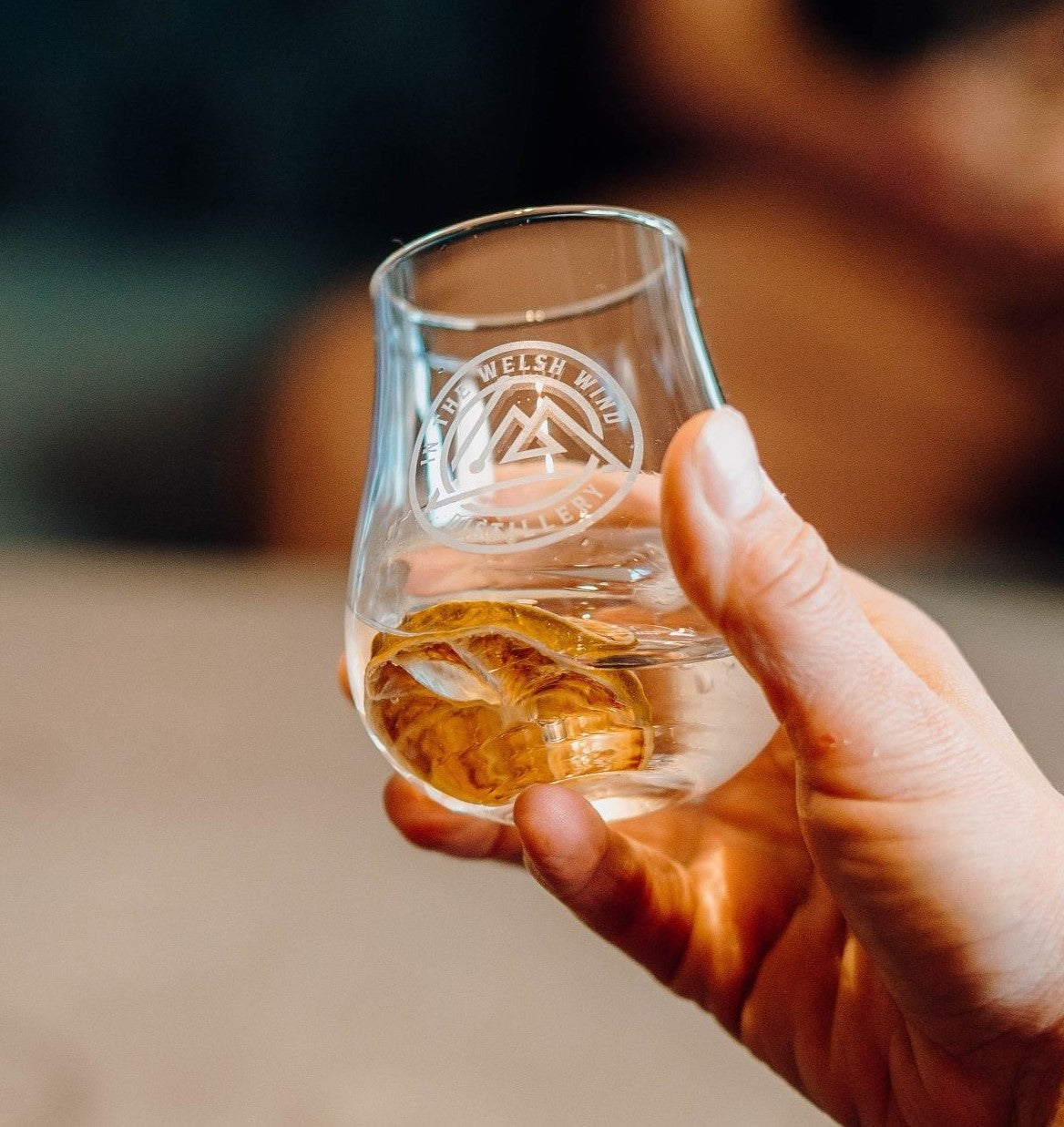From to Mother’s Ruin to Mother’s Day
There was a time when the last thing anyone would have considered to be a suitable Mother’s Day present was gin or a gin making experience – but times change, and the stigma of gin is no more. While that’s great for us, we think it’s only right to acknowledge gin’s somewhat chequered heritage and recognise the transformation from Mother’s Ruin – to Mother’s Day!

It’s hard to imagine any thing that’s had a more radical image overhaul than gin. It first hit British shores thanks to soldiers returning from fighting the Spanish in Holland during the 30 Years War in the 16th Century. In fact, this blog should perhaps have been titled ‘From Dutch courage to Mother’s Ruin to Mother’s Day’ as it was this newly discovered Dutch spirit, ‘genever’, that those soldiers used to self-medicate any pre-battle nerves they might have been experiencing. Although Italian monks had been flavouring distilled spirits with juniper as far back as the 11th century, it was the Dutch who created what we know as ‘gin’. Once William of Orange and his wife Mary came over from Holland to take the English throne in 1689, gin really took off – and William played an active role in encouraging the distillation of spirits whether commercially or at home, with the Corn Laws giving tax breaks on the production of spirits. Such royal patronage meant that gin really took off in London and elsewhere in Great Britain – that and the rather dubious benefits of the spirit that it was cheaper than beer and safer to drink than water!
The downfall of gin
The trouble with gin’s popularity coupled with the socio-economic issues of the day meant that things quickly got out of hand. Gin took on a sordid association as it was decried by those claiming the moral high ground of the day. Gin had become not just ‘Mother’s Ruin’, but a huge social problem. It was being drunk with complete abandon by the working classes leading to family breakdown and exacerbating poverty. Unscrupulous distillers were adding all manner of poisons to ‘gin’ – quite literally – sulphuric acid and turpentine to name but 2 of the delightful ingredients that posterity records for us.
The Gin Acts of 1736 and 1751 were the parliamentary response of the day to the ‘evils’ of gin, introducing expensive gin licences to limit production, and taxes to limit sales and consumption. Gin became more expensive than beer, and perhaps in recognition (finally) of the dangers of over-consumption of alcohol, tea started to be promoted as an alternative beverage – presumably rendered safe by the boiling of water. The final nail in the coffin perhaps (and not necessarily in a bad way) was hammered home in 1757 when the distillation of spirits was banned altogether following a bad harvest. When production was permitted again in 1760, the government introduced such onerous licencing requirements and high duties that the working classes were priced out of the gin market.
Recovering a reputation
Make something more expensive and you increase its desirability. With the lower classes no longer quaffing cheap gin or dubious quality by the gallon, the scene was set for gin to start the long road to recovering its reputation. Ironically, London, the city that had suffered so much from being almost literally drowned in gin in the early 18th century, became a hub for gin production. At the same time, the increasing interest in health that the Victorians began to take proved an unlikely boon for gin’s reputation: refined distillation methods meant that gin was free of impurities – copper stills removing sulphites. Despite this innovation, beer was becoming ever more popular – enter the era of the gin palace.

The gin palace was designed to encourage people to drink more gin. Not in the ‘down the backstreets, impoverished’ sense of the 18th century, but in sophisticated, brightly lit, lavishly decorated salons dedicated to gin drinking. The advent of the gin palace effectively cleaned up gin’s reputation. No longer sullied by the echoes of the East End and the shadow of Mother’s Ruin, gin continued to be enjoyed into the twentieth century but not to the extent that has been seen in recent years.
The search for the unique
Since 2009 when the Sipsmiths craft gin distillery opened in London, there’s been a real explosion in the production of small batch craft gin. Statistics reported in the Guardian in 2018 include the nugget that the demand for small batch, artisan gins have driven a near 20% rise in gin sales overall – it’s the craft gins that are driving the popularity of gin.

From our perspective, as we approach Mother’s Day in 2019, we see the continued and expanding popularity of gin as part of a natural progression of our desire for individuality, for the bespoke for the personal. In a society where we have so much choice, there is often little to distinguish between big monolithic brands churning out millions of litres. Craft distillation offers the opportunity to experiment with botanicals and to produce something unique and intensely personal. Here In the Welsh Wind, we’re proud to embrace the heritage of gin but also to turn over a fresh page and write a new chapter in the history of this noble spirit. With that in mind, we’re excited that we can offer the opportunity to individuals to create a gin that reflects the tastes that excite them. Needless to say, a gin making experience would be a perfect gift for Mother’s Day – a chance to do something different and to take away a bottle of unique spirit to enjoy at home with family and friends. You can buy gin making experience vouchers on our website, or call 07814 354786 to find out more.







